When most people think of Trans Am racing, they picture Mustangs and Camaros trading paint in the late ’60s. But the real story runs deeper than the headliners. Beneath the surface were a handful of wild machines that didn’t get the glory but still looked like they came off a warplane assembly line.
These weren’t just also-rans—they were aggressive, loud, and built to take a beating. Decades later, their shapes still hit hard. Here are forgotten Trans Am racers that didn’t win every trophy but absolutely look like they should’ve.
1967 Chevrolet Camaro Z/28 Sunoco
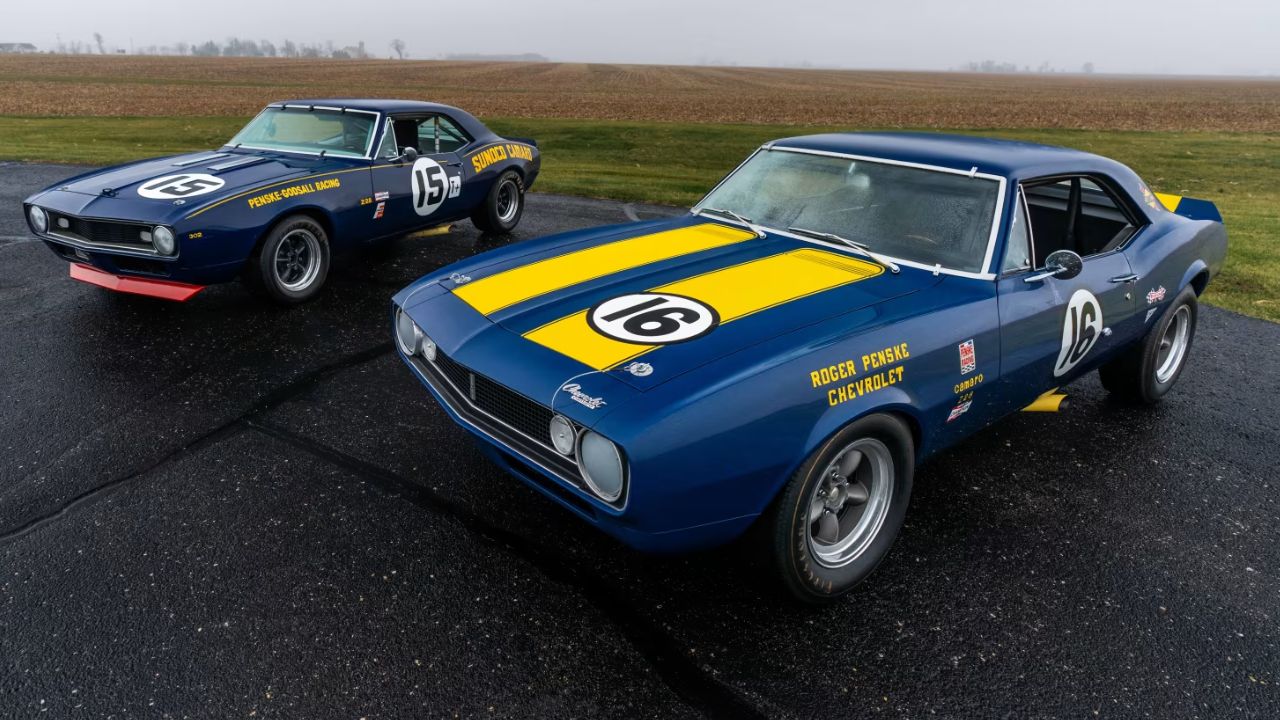
Before the Camaro was a showroom star, it was a scrappy racer. The Sunoco-liveried Z/28, built by Roger Penske and piloted by Mark Donohue, was a game-changer in 1968. They used acid-dipped body panels and hidden mods to cut weight—right under the noses of the rulebook.
Its 302-cubic-inch V8 was underrated at 290 horsepower but easily pushed over 450 in race trim. Lightweight, loud, and decked out in deep blue with yellow accents, the Sunoco Z/28 still looks track-ready more than 50 years later.
1970 Ford Mustang Boss 302 Bud Moore
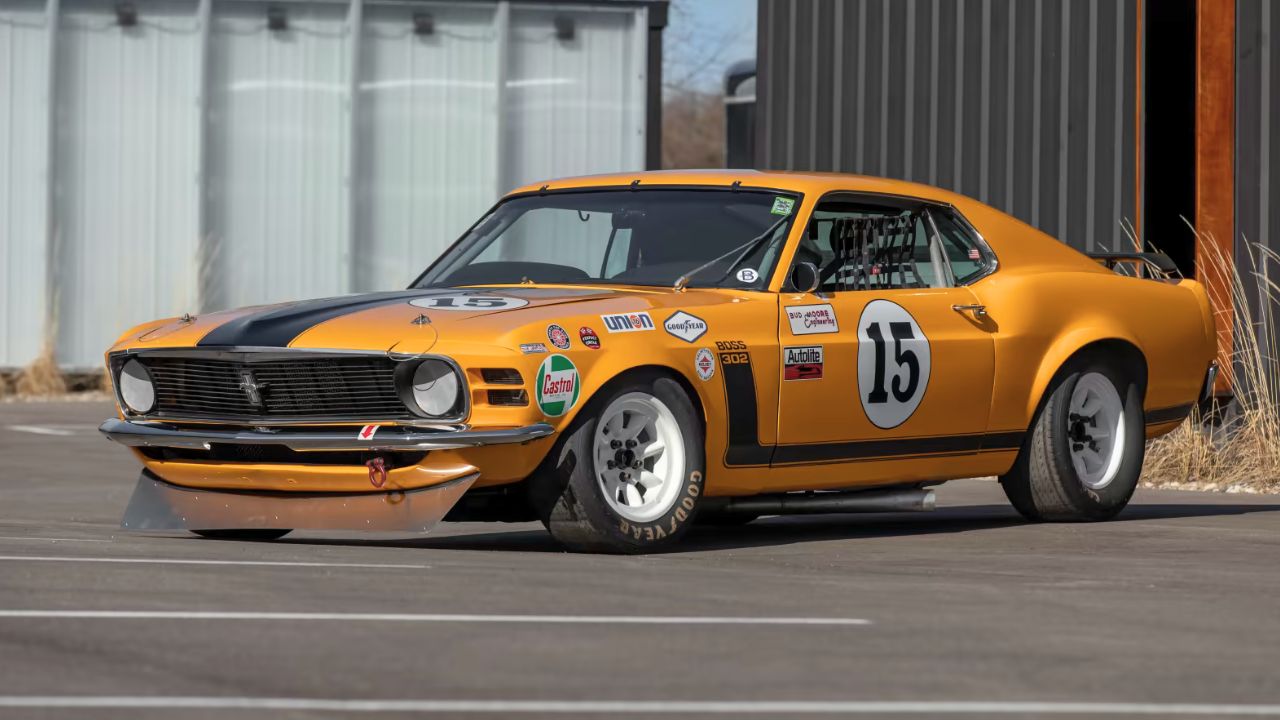
Bud Moore’s Boss 302 Mustangs were some of the most aggressive-looking cars to ever hit the Trans Am grid. The 1970 car, especially, with its wide stance, huge front splitter, and no-nonsense paint job, looked like it was built for combat—and it was.
Ford’s high-winding 302 V8 made 290 hp stock, but Moore’s team coaxed much more for the race cars. These Mustangs battled it out with Camaros and Javelins for championship glory. The combination of raw muscle and race-bred style still turns heads.
1971 Dodge Challenger Sam Posey
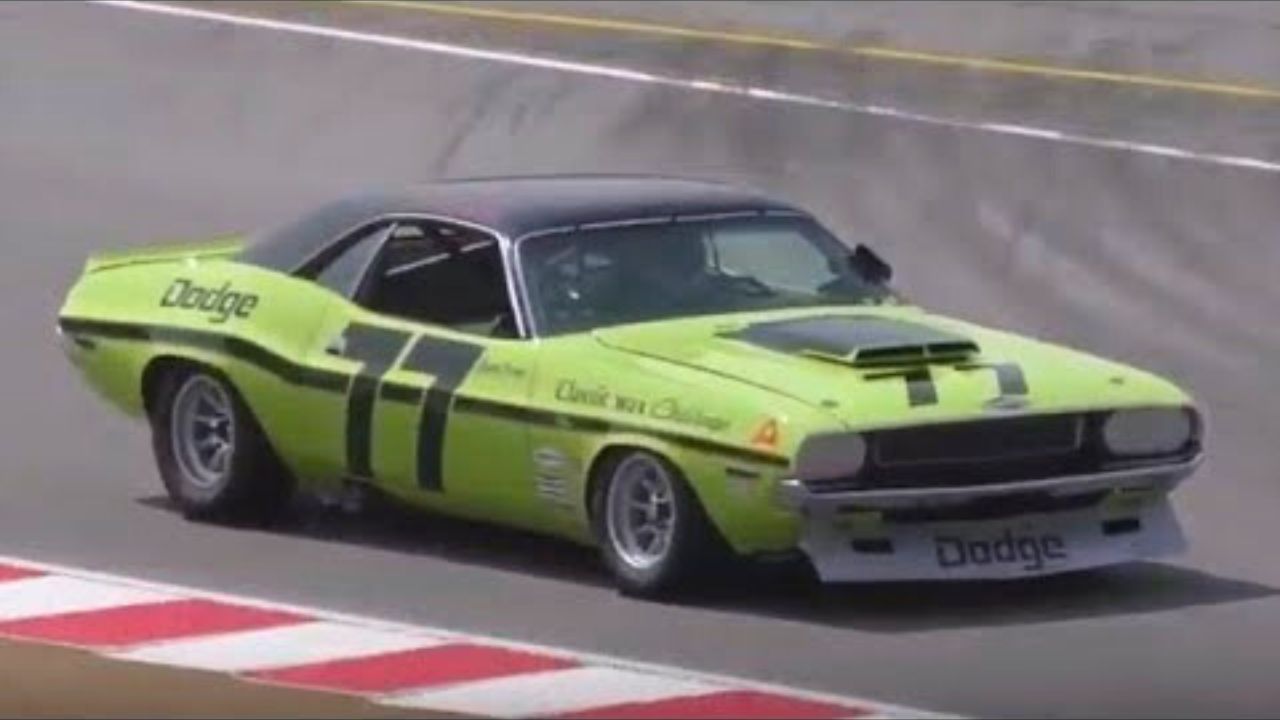
Dodge was late to the Trans Am party, but when they arrived in 1970 with Sam Posey behind the wheel of a lime-green Challenger, they brought attitude in spades. Built by Autodynamics, the Challenger was huge by series standards—and not easy to keep competitive.
Powered by a 303-cubic-inch V8 based on Mopar’s 340 block, it made serious power but struggled with weight. Still, the flared body, oversized spoiler, and flat-out Mopar attitude made it unforgettable. You don’t forget a car that looks like it wants to fight the grid.
1969 Pontiac Firebird Jerry Titus
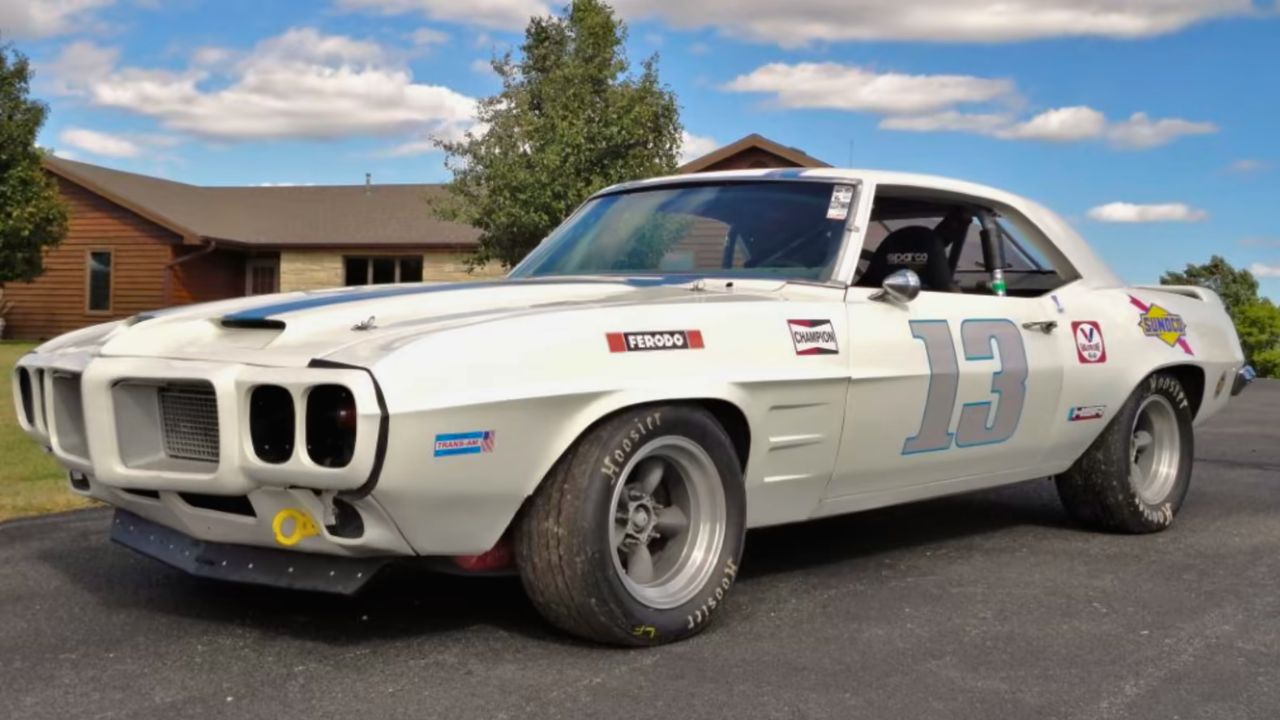
Jerry Titus ran a privateer 1969 Firebird in the Trans Am series after leaving Shelby American. His Firebird was built off the same SCCA rules as the Camaro but packed unique Pontiac flair. Under the hood was a race-prepped 303-cubic-inch V8.
Despite lacking factory-level support, the car held its own with sharp handling and serious power. The aggressive stance and flared wheel arches gave the Firebird its own presence on the track. Even now, it looks like it belongs in a fast lane with something to prove.
1970 Plymouth Barracuda Dan Gurney AAR
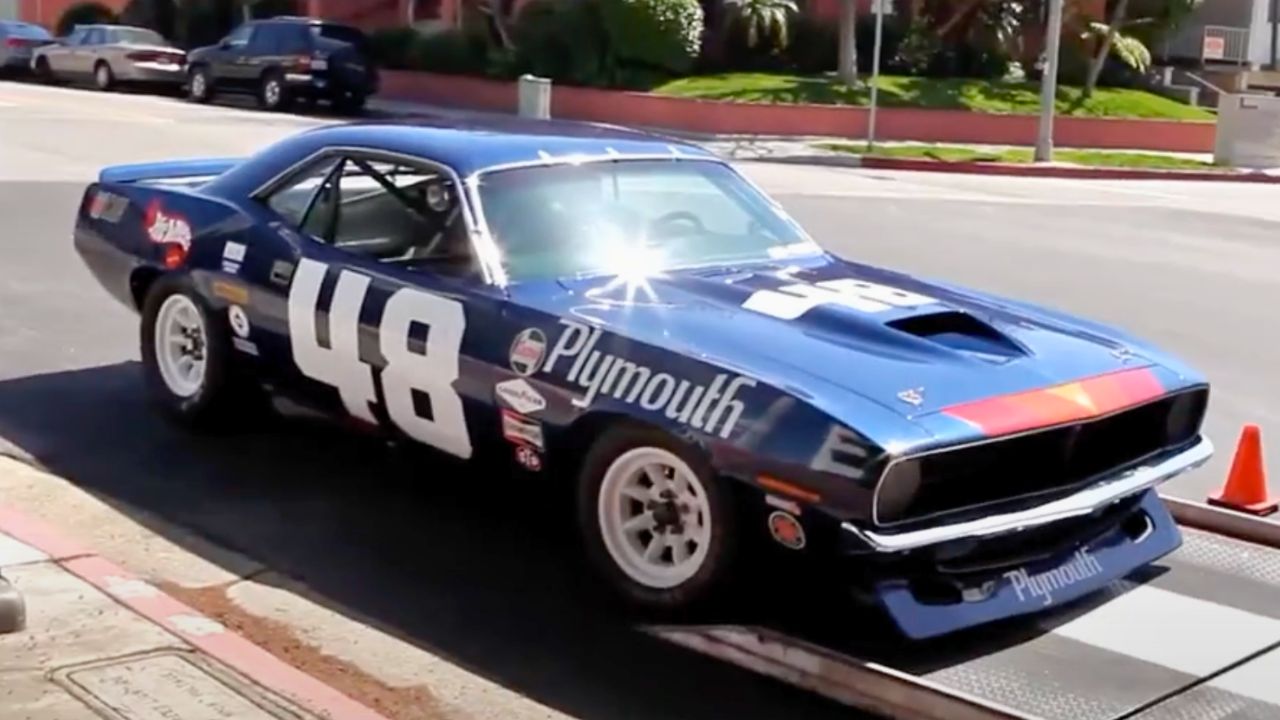
The AAR ‘Cuda was a wild take on the Trans Am formula. Built for All American Racers and driven by Dan Gurney and Swede Savage, it stood out with its aggressive stance, side-exit exhausts, and fiberglass hood with a built-in scoop.
Underneath was a 303-cubic-inch version of Mopar’s 340 small-block. Though it never won a championship, the AAR ‘Cuda made a lasting impression. That aggressive hood, raked ride height, and unmistakable profile still look like they’re ready for the green flag.
1970 Mercury Cougar BME
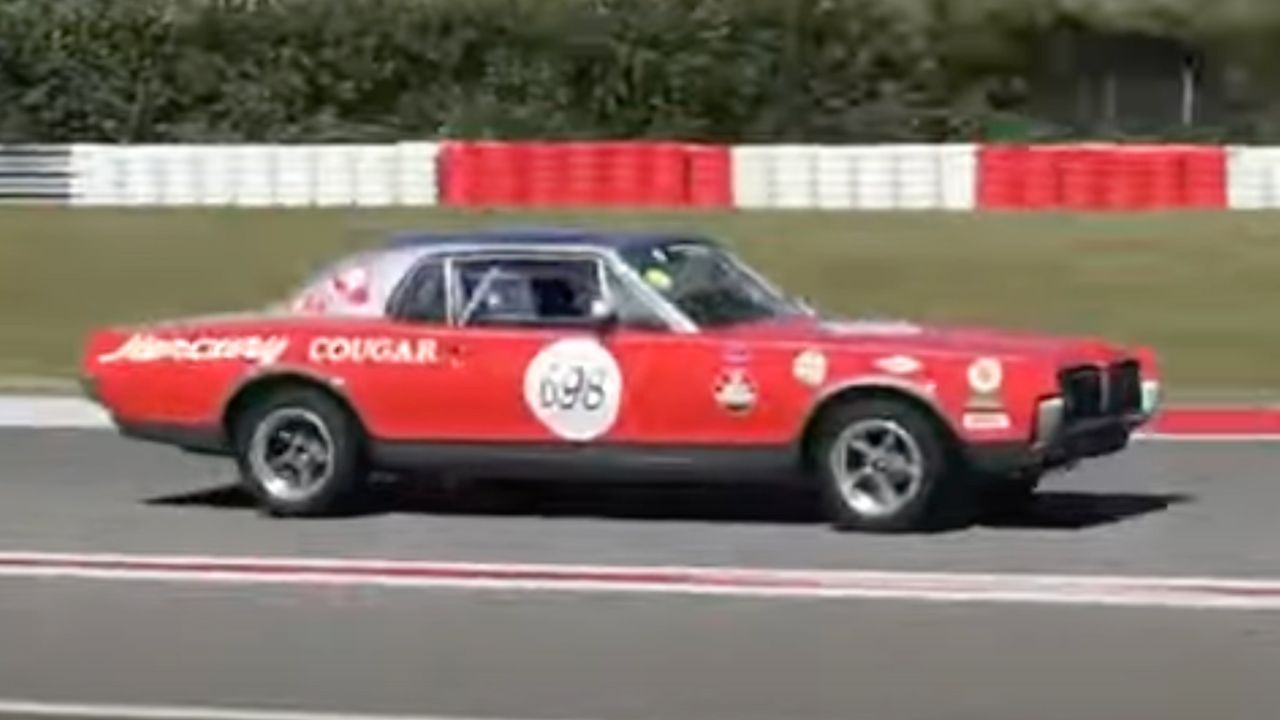
The Bud Moore Engineering Cougars were short-lived in Trans Am, only running from 1967 to 1968 before Ford shifted focus back to the Mustang. But they were beautifully brutal machines, especially the 1970 reappearance in privateer hands.
With a Boss 302 engine under the hood, the Cougar had muscle and poise. The long hood and short rear deck gave it a sleek look, and in racing trim with flares and spoilers, it looked even better. It’s one of those cars that still feels underappreciated today.
1971 Penske Javelin SST
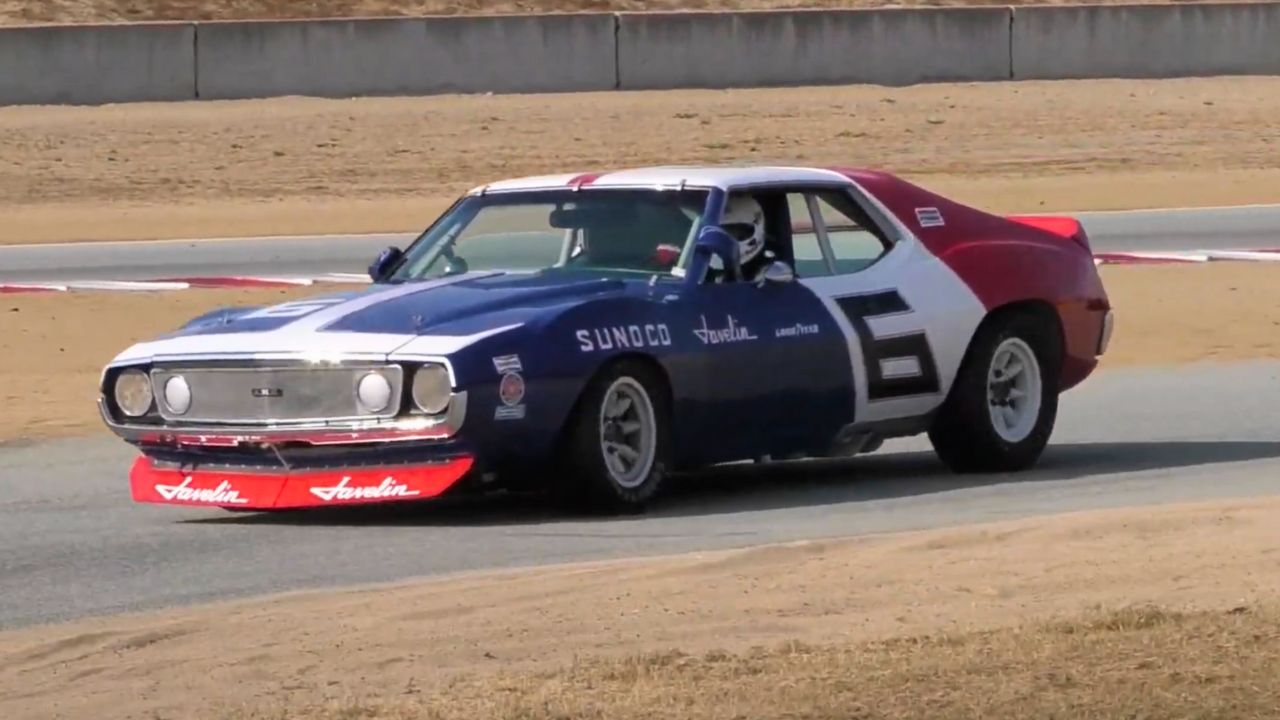
In 1971, Penske and Donohue came back swinging with the SST-bodied Javelin. This was AMC’s peak moment in Trans Am, as Donohue won the championship and proved the little brand could compete with the giants.
This Javelin had aero work that was subtle but smart—flush-mount glass, a cleaner front fascia, and a wider rear track. Its 5.0L V8 was pushing close to 475 horsepower. Dressed in red, white, and blue, the car was both a patriotic statement and a flat-out race weapon.
1968 Shelby Mustang Trans Am
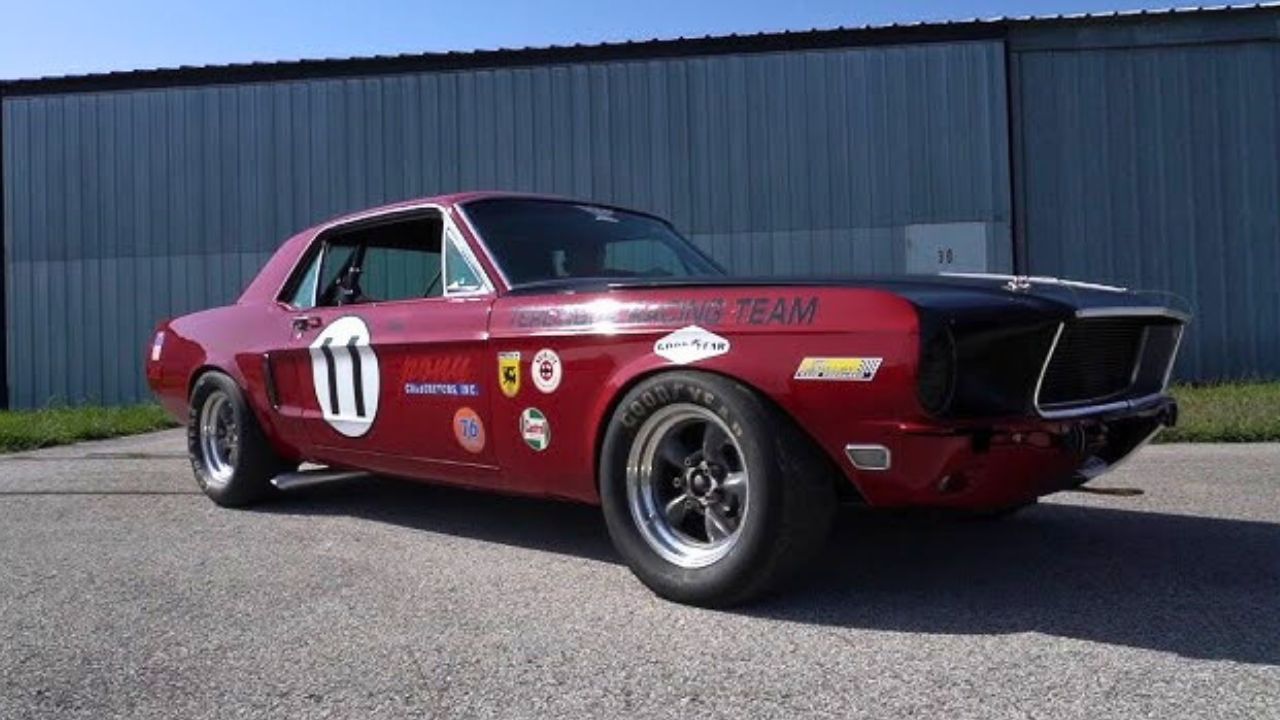
Carroll Shelby built a small run of Trans Am Mustangs in 1968, but they were overshadowed by Ford’s later factory efforts. These early racers still packed a wallop, with specially tuned 302ci small-blocks and stripped interiors to cut weight.
The Shelby cars looked purpose-built, with minimal chrome, flared fenders, and low-profile spoilers. They didn’t have the same fame as the GT350 or GT500, but their aggressive lines and clean proportions make them easy to appreciate even decades later.
Like what you read? Here’s more by us:
*Created with AI assistance and editor review.

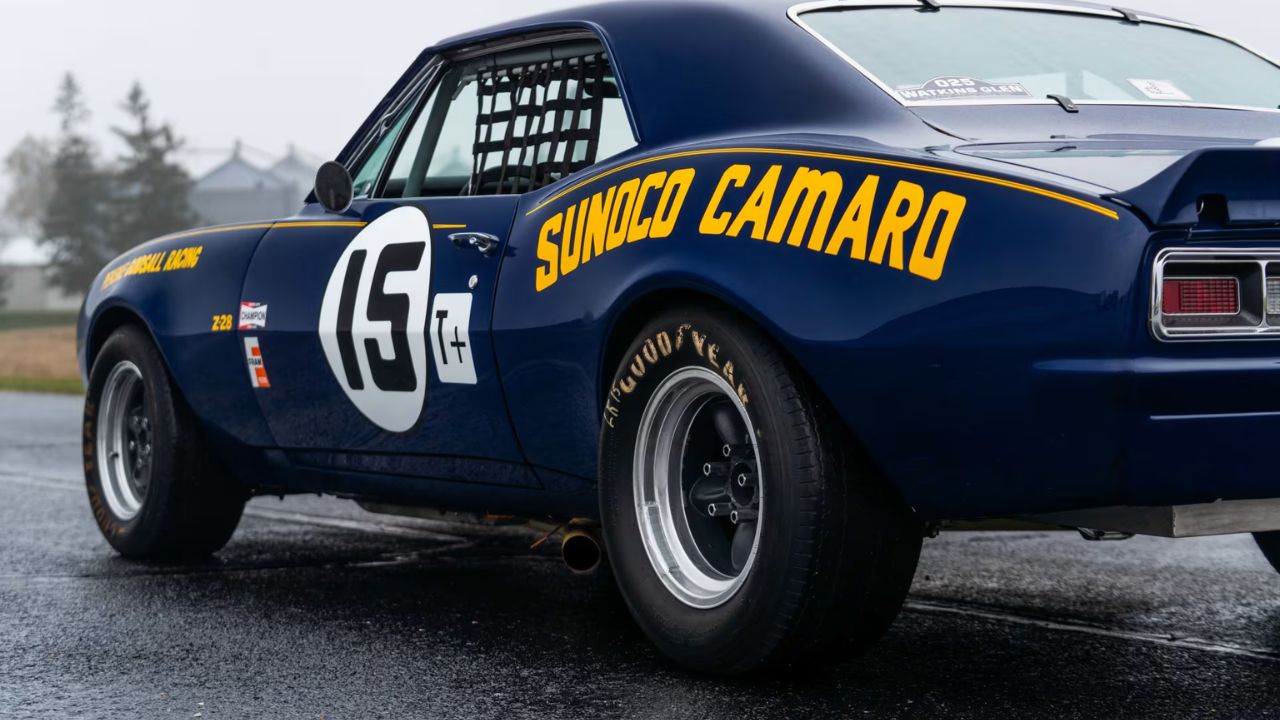
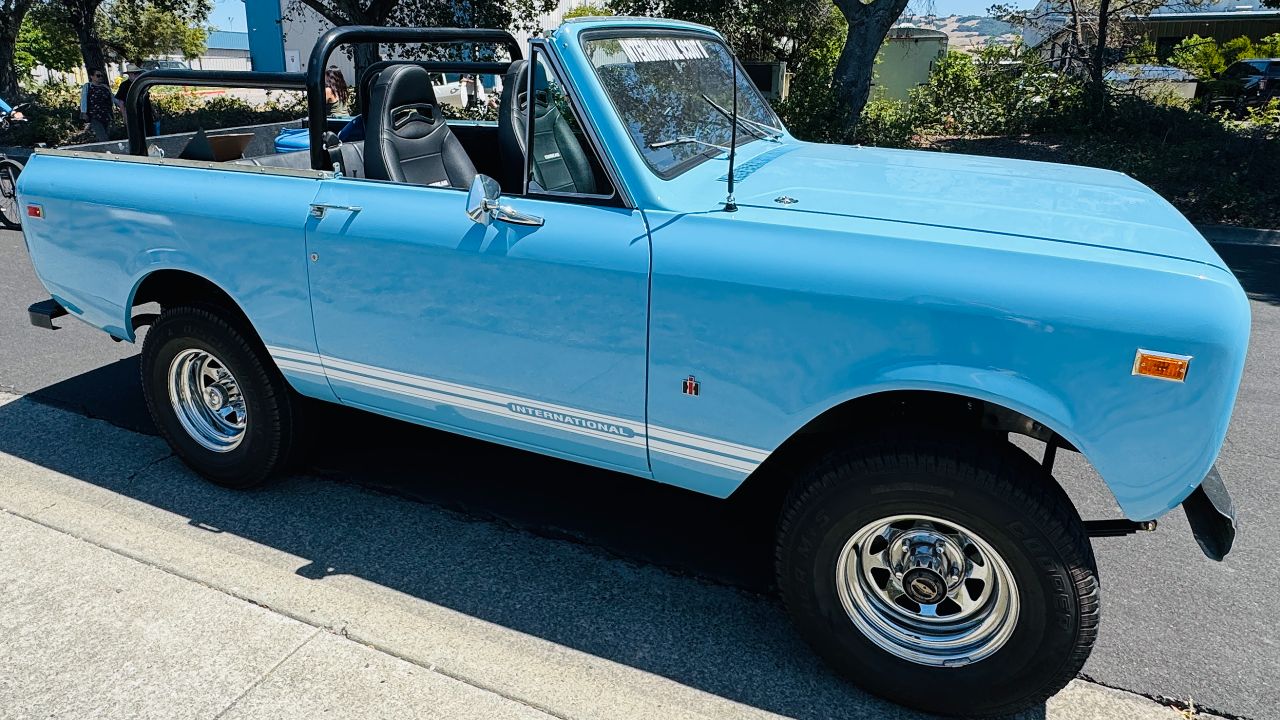
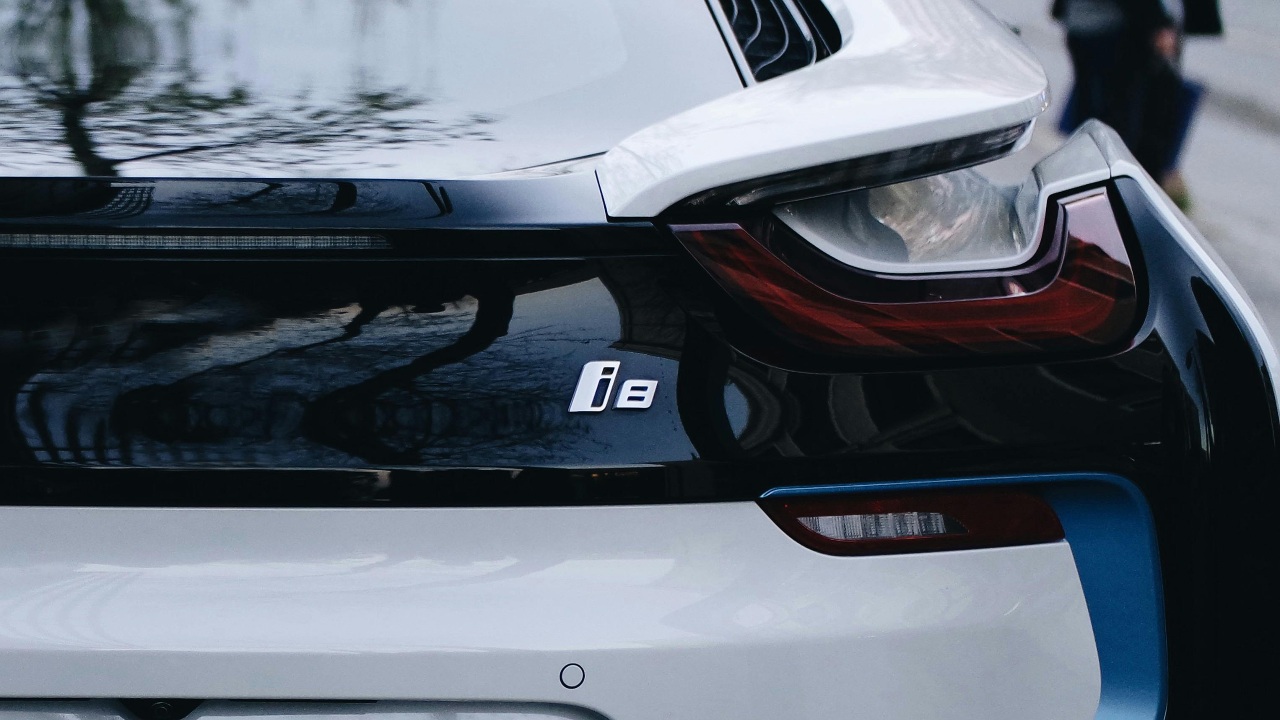
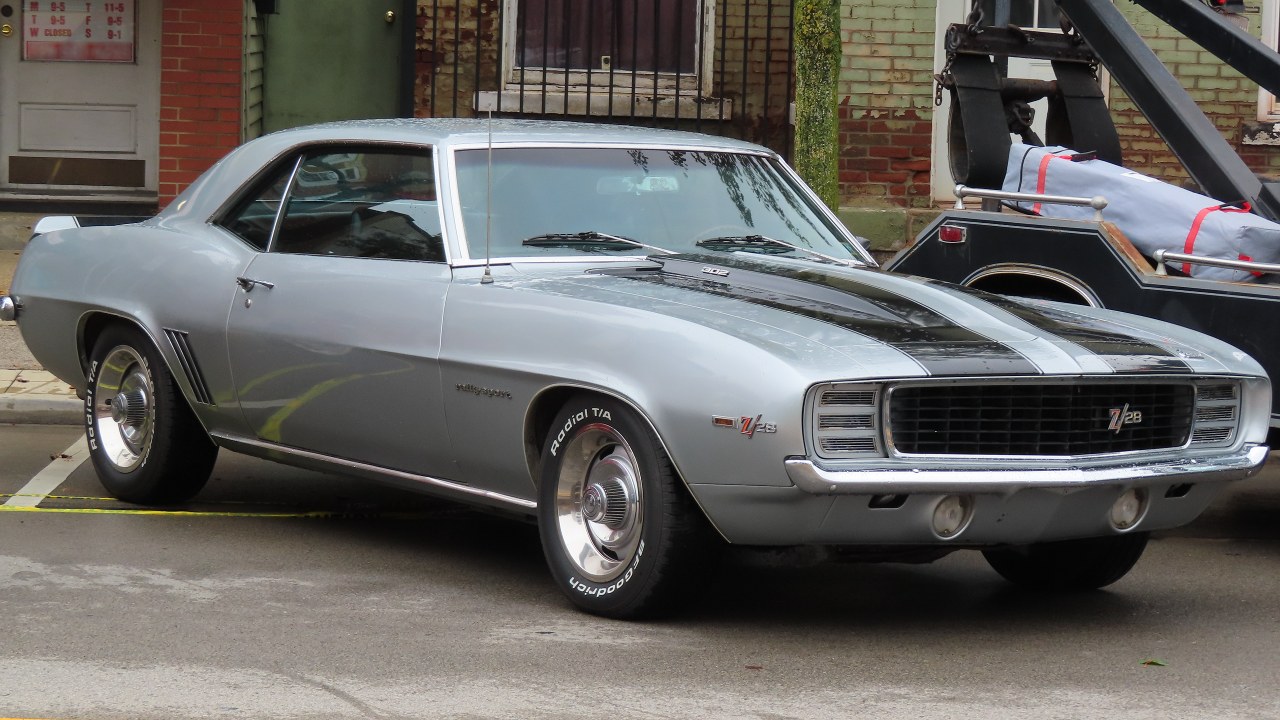

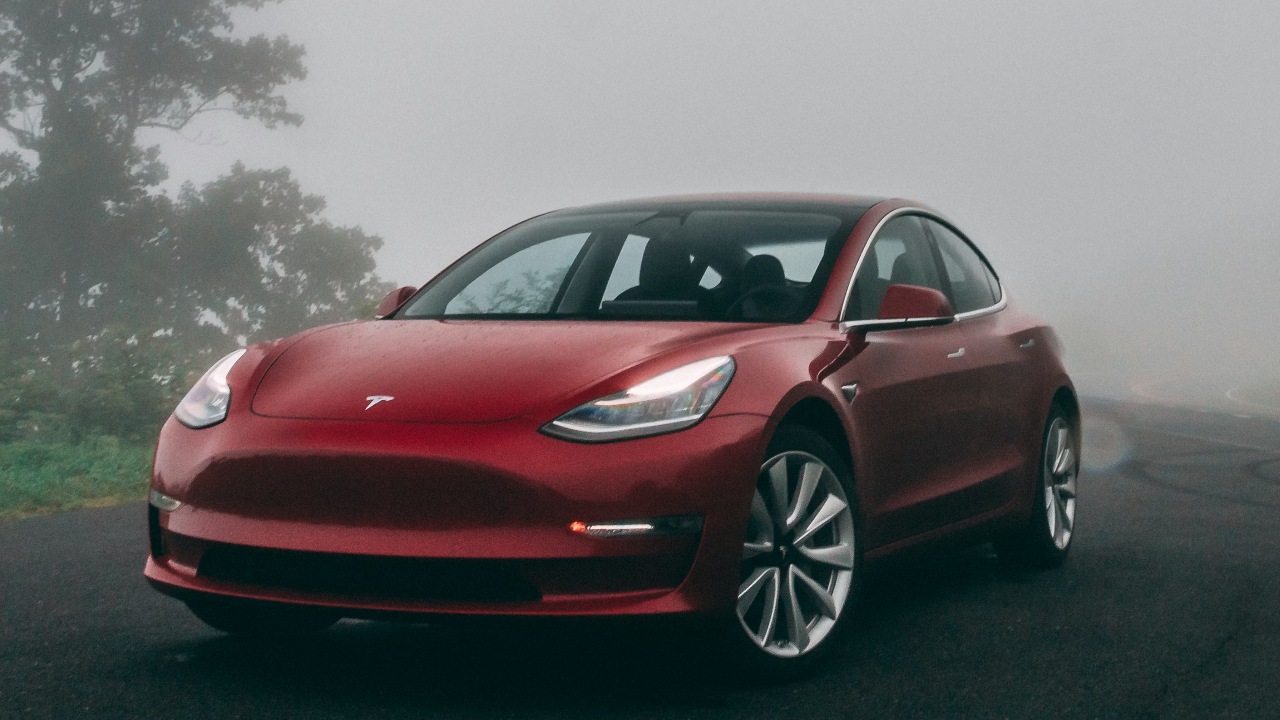
Leave a Reply